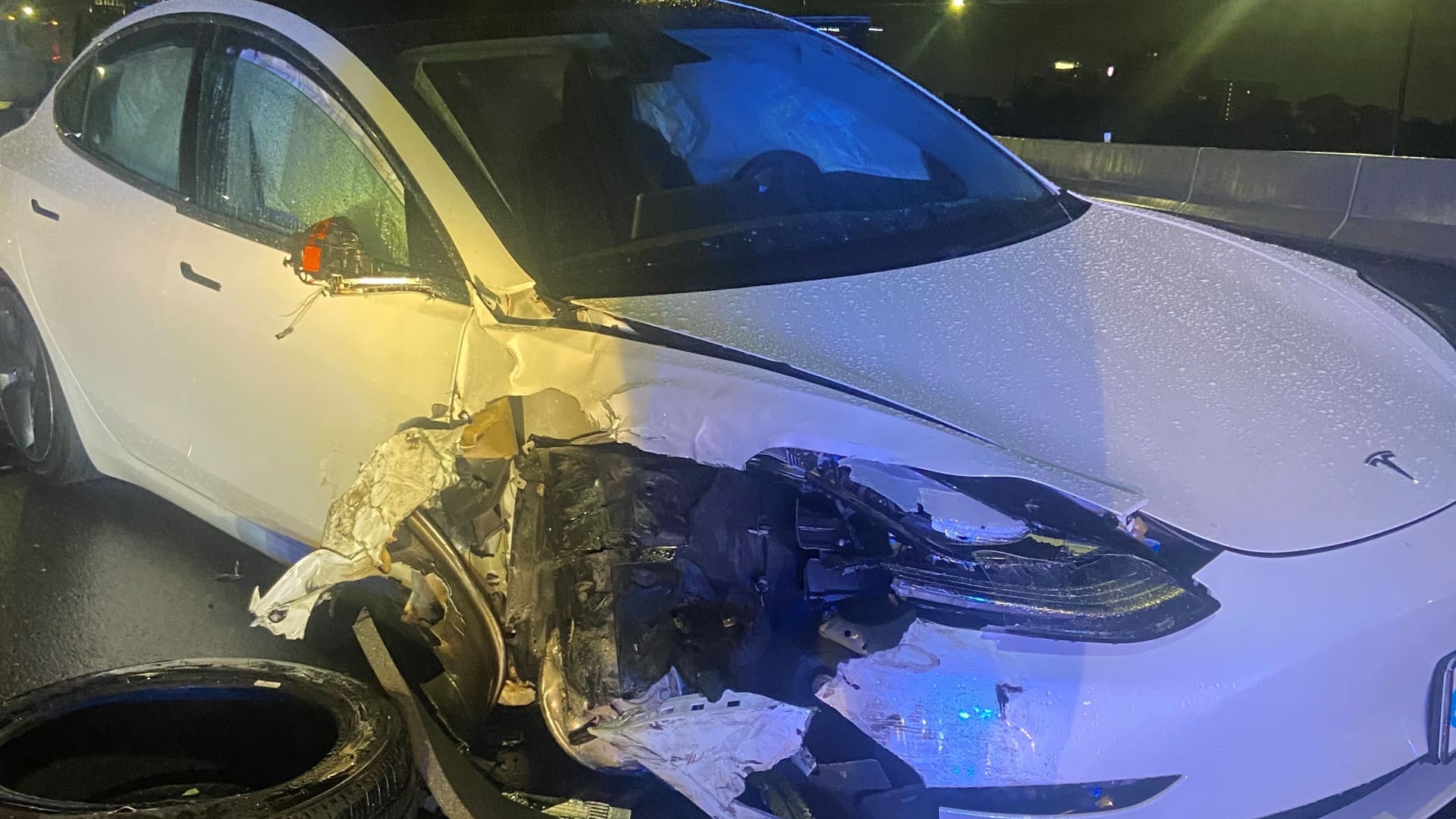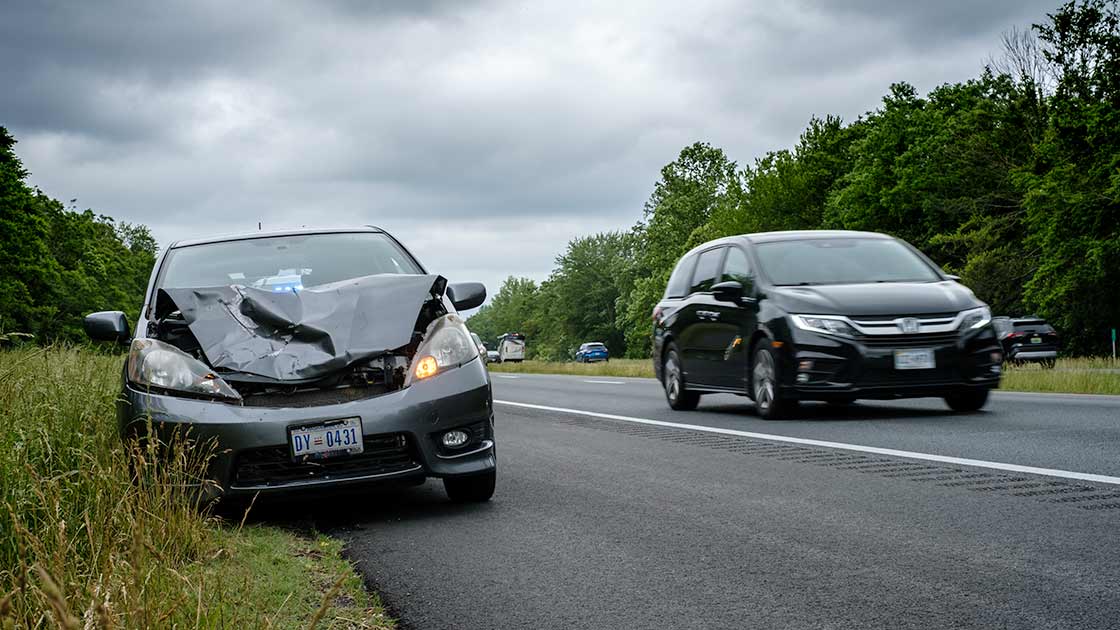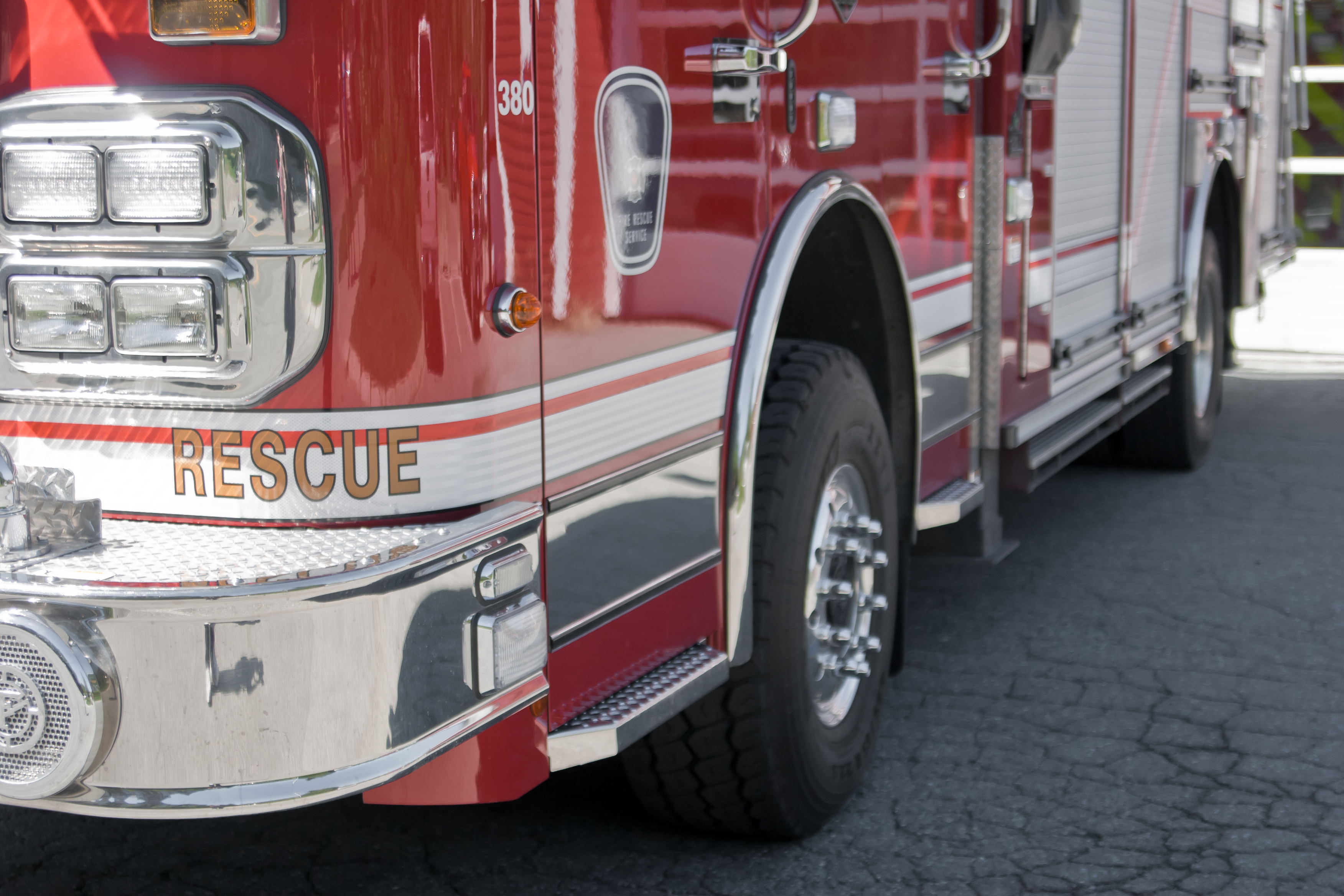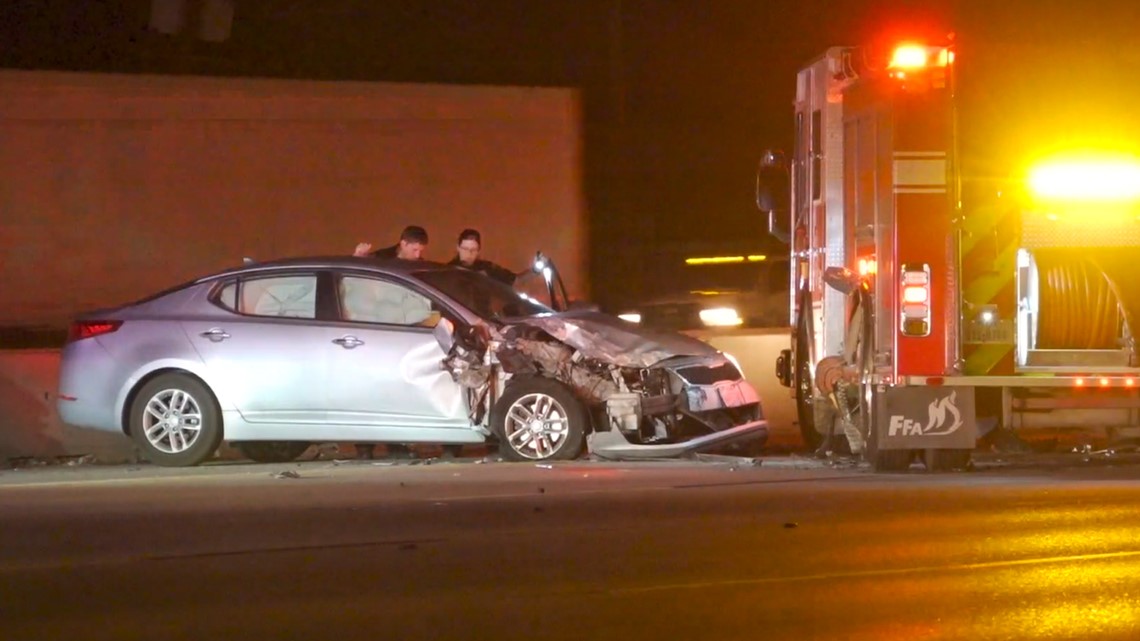Yeah, but they can't, and you as a lawyer know about this. You don't just get to disclaim all liability with a sign or insert in your product box, and we even have special cases such as an "attractive nuisance."
Which makes your constant "that idiot should have paid attention" defense of Tesla whenever someone crashes on AP disingenuous. Tesla must consider human factors and the overall public safety in their designs, just as much as pharmaceutical companies must consider how actual humans behave when designing their products. If a bunch of people die taking drugs the wrong way does the FDA just go "welp, they're idiots, too bad, continue on!"?








